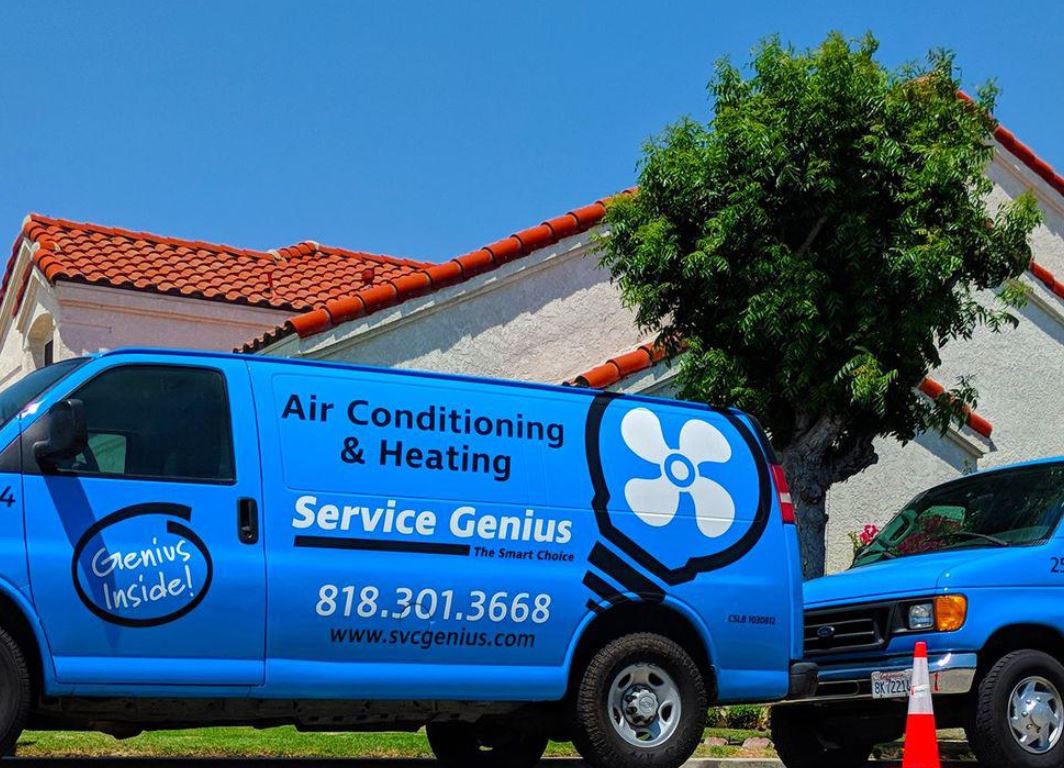What Is a Ductless Mini-Split System
What exactly is a ductless mini-split system? This article offers comprehensive insights into this innovative technology, exploring its functionality, benefits and installation process. With an increasing trend towards energy-efficient solutions in the heating and cooling industry, understanding ductless mini-split systems becomes essential. Read on to gain expert knowledge on these systems which are transforming indoor temperature control norms across residential and commercial settings.
Understanding Ductless Mini-Split Systems
Ductless mini-split systems, also known as ductless heat pumps or mini splits, are a type of heating and cooling system that does not require the use of air ducts. These systems consist of an outdoor compressor/condenser and one or more indoor air-handling units linked by a conduit which houses the power cable, refrigerant tubing, suction tubing, and a condensate drain.
System efficiency is enhanced due to the absence of ductwork which often results in energy losses through leaks or conduction. A direct pathway from the outdoor unit to individual indoor units enables targeted temperature control for each room or zone within a building. This zonal approach contributes significantly to higher energy efficiency.
The cost analysis of ductless mini-split systems reveals upfront expenses can be higher compared to traditional HVAC systems; however, long-term savings are achievable due to lower operational costs. The installation process is less intrusive and quicker than that involving ductwork. Additionally, these systems typically last longer with proper maintenance thus providing greater return on investment over time.
Understanding these aspects of ductless mini-split systems allows informed decision-making regarding their applicability for various heating and cooling needs.
Benefits of Ductless Mini-Split Systems
Several advantages are associated with these units, including energy efficiency, easy installation, and flexibility in terms of zoning. Ductless mini-split systems offer significant cost savings due to their higher energy efficiency compared to traditional HVAC units. By employing an individual fan and evaporative coil for each zone, these systems eliminate the need for a network of ducts throughout a building. This results in less energy loss as air travels through the ductwork, leading to reduced power consumption.
Moreover, the design allows for straightforward installation processes which require only a small hole in the wall to connect the indoor and outdoor units. Therefore, structural modifications required by conventional HVAC systems can be avoided completely.
The zoning flexibility offered by these systems further enhances their appeal. Each room or zone can be controlled independently allowing occupants to customize temperature settings according to personal preferences while conserving energy in unoccupied areas.
Incorporating these advanced features into a home or business environment aligns with modern trends towards sustainability and conservation of resources while also enhancing comfort levels within interior spaces. The balance between operational excellence and environmental responsibility that these systems provide is indeed commendable.
Installation and Maintenance of Ductless Mini-Split Systems
Installation and maintenance of these units requires professional expertise to ensure optimal performance and longevity. This process is not devoid of hardships, but recognition of the common installation challenges can facilitate a smoother process. These may include difficulties in selecting the most suitable location for both indoor and outdoor components, ensuring appropriate drainage provision, or dealing with electrical requirements.
Post-installation, certain maintenance tips are instrumental in preserving the unit's efficiency. Regular cleaning of filters is necessary to prevent dust accumulation that could hamper airflow and subsequently reduce energy efficiency. Moreover, periodic inspection of refrigerant levels is advised as low levels can lead to reduced cooling capacity. It is also beneficial to check regularly for leaks or damages in the system that could potentially lead to bigger issues if left unattended.
To belong into this community who values ductless mini-split systems means more than just enjoying its benefits; it includes understanding and embracing responsibilities attached to its ownership. From recognizing installation challenges to implementing maintenance tips, these efforts contribute significantly towards maximizing the system's potential while prolonging its service life.

